Winter driving conditions can be hazardous due to factors such as snow and ice on the road. While it’s important that you are prepared for winter driving, it is also important that your car is up for the challenge. Follow the recommendations below before the winter season to make sure your car can handle winter road conditions.
Before you hit any harsh winter conditions, have your vehicle serviced to prepare it for the challenges winter can pose.
●Battery – Battery power decreases as the temperature drops, meaning that it takes more power to start your car in the winter. If your battery is already having problems, your risk of breaking down increases. It is recommended that your auto care provider installs a battery at or above 600 CCA for optimal winter performance.
● Cooling system – It is recommended to maintain a ratio between 50/50 and 70/30 of antifreeze to water. Ask your technician what antifreeze should be used for your vehicle and the appropriate coolant-to-water ratio to prevent against corrosion and potential freezing.
● Brakes – While cold weather doesn’t necessarily hurt your brakes, a thorough inspection can ensure the best performance when driving in winter conditions.
● Belts, hoses, spark plugs, wires and cables – These can go bad at any time of year, but if they go bad during the winter, you could be stranded in a very cold place for a very long time.
It’s possible to use all-season tires in winter conditions however, this won’t offer you the maximum performance you may need in your environment.
If you live in a place that experiences extremely cold winter temperatures, it is recommended that you install winter tires when winterizing your car. When the temperature consistently hovers around or below freezing, the rubber compounds in non-winter tires harden, decreasing the tire’s ability to grip the road. Winter tires use special compounds engineered to resist hardening in cold temperatures, providing better traction in ice, snow, slush, and even dry pavement.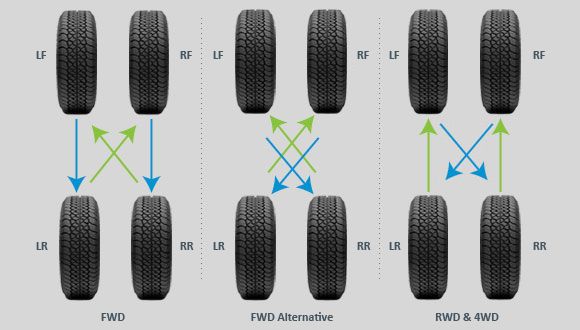
If you live in an area that doesn’t normally have intense winters, all-season tires should be acceptable. However, if you live somewhere with harsh winters or regularly visit places that do, winter tires are the safest choice for you.
Every 10° change in ambient temperature could mean a gain or loss of 1 PSI. This means you should check pressure more regularly during winter and refill your tires as needed. Appropriate pressure for your tires can be found on the tire placard in the driver’s side door jamb or in your vehicle owner’s manual.
Before going out for a long winter drive, check to see how temperatures may change while you’re out. Changing temperatures can affect both your traction and driving ability if there is a sudden change that you’re not prepared for.
For example, how you should drive in 0° weather is much different than how you can drive in 32° weather. You generally have better traction at 0° than you do at 32° due to surfaces becoming more slippery at these higher winter temperatures.
You generally have better traction at 0° than you do at 32° due to surfaces becoming more slippery at these higher winter temperatures.
These come equipped with rubber that keeps ice from collecting on the blades. Just be sure to remove them when spring rolls around. As winter wipers are heavier than regular ones, keeping them on all the time increases the load on the wiper motor.
Replace your windshield wiper fluid often. A single snowstorm can exhaust a large amount of this fluid, so refill the washer reservoir frequently with windshield wiper fluid formulated for winter conditions. If you’re unsure if your washer fluid is the right formula for low temperatures, add a bottle of washer fluid antifreeze to the reservoir. You’ll find it at most auto parts stores.
Before heading off on a trip, store common tools and supplies in your car in case of an emergency. Use this infographic below to know what to pack before heading out into the snow.
Use this infographic below to know what to pack before heading out into the snow.
Fill up often! Keeping gas in the tank is more important in winter than in summer. Why? For one thing, a full tank reduces condensation, which can prevent gas line freeze ups. Not only that, but if you’re ever stranded, your engine may be the only thing to keep you warm until help arrives.
Being unable to see behind you could create unsafe driving conditions. That’s why several states have laws stating that all your windows must be clear of condensation and debris. When winterizing your car, check your rear-window defroster before cold weather arrives to be sure it’s working properly.
It’s important to know what to do before you are in an emergency in case you ever get stuck. If you get stuck in a winter storm while driving:
●Do not leave your car for risk of losing sigh of it
●Do not run your car for long periods of time. Instead, turn it on long enough to stay warm, and then turn it off again to avoid carbon monoxide poisoning
Instead, turn it on long enough to stay warm, and then turn it off again to avoid carbon monoxide poisoning
●Put your dome lights on to attract attention
It’s best to know how to drive in winter conditions before getting on snowy or icy roads. With our guide to driving in snow and ice, learn more about:
●What gear to drive in on snow and ice
●How fast you should drive
●Stopping distance you need between vehicles
●What to do if you start sliding
●Driving uphill or downhill
1 / 14
Family Handyman
Be mindful of your driving habits and how they need to change on icy roads. Going slow around corners, tapping your brakes, giving other cars plenty of space and similar skills can help keep you safe.
Going slow around corners, tapping your brakes, giving other cars plenty of space and similar skills can help keep you safe.
2 / 14
Family Handyman
Wiper blades can crack and split over time, leading to slow, squeaky blades that don't perform well. And that's the last thing you want for rainy or snowy winter weather. Change your wiper blades to winterize your car and consider buying more durable winter-ready wiper blades if you live in a harsher climate.
3 / 14
Family Handyman
Make sure that your wiper fluid reservoir is full so that you are ready to wash away winter grime. If temperatures drop close to freezing in your area, then look for wiper fluid that has antifreeze properties to winterize your car.
4 / 14
Family Handyman
Take a look at the recommended tire pressure for your vehicle model and refill any of your tires so that they reach the recommended pressure. This will help you deal with icy road conditions more reliably. Home air compressors are affordable and a good safety investment.
This will help you deal with icy road conditions more reliably. Home air compressors are affordable and a good safety investment.
5 / 14
Family Handyman
If you will be using the same tires during the winter months, check the treads to make sure they aren't worn down. The classic test is to take a penny and insert it in your grooves, Lincoln's head facing down. If you can still see all of Lincoln's head, your tires are balding and it's probably time to replace them to winterize your car. And there are also professional measuring tools you can use.
6 / 14
Jevanto Productions/Shutterstock
Snow tires and all-season tires provide extra traction to help cover icy terrain and to winterize your car. If your local city allows these tires, look to see where and when they are recommended.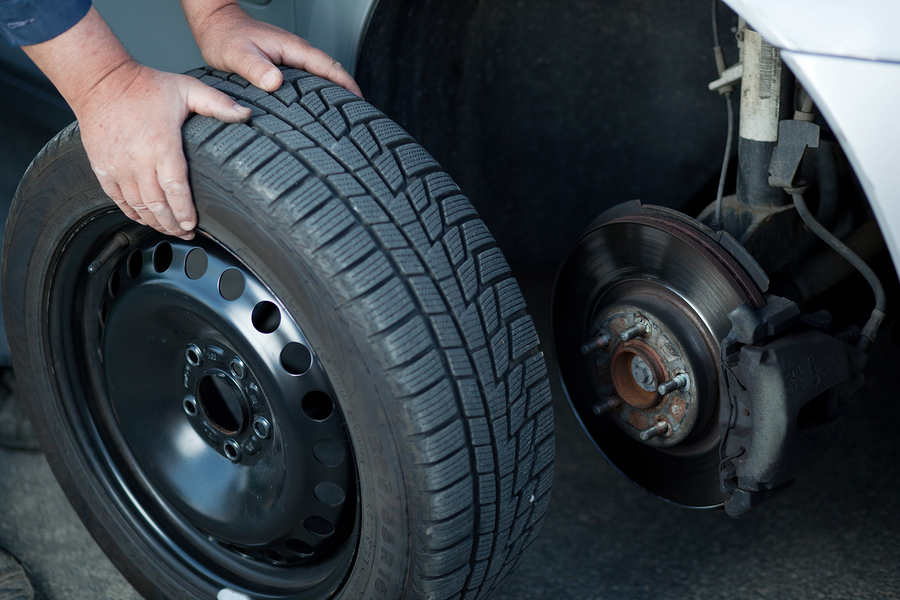 Changing your tires over a couple times a year is worthwhile in snowy areas. And this may be required by law in bad conditions.
Changing your tires over a couple times a year is worthwhile in snowy areas. And this may be required by law in bad conditions.
7 / 14
Family Handyman
Pack your ice scraper, booster cables, gloves and other important winter morning tools in your car for easy access. For deeper snow, you may want to include a shovel for clearing paths and cat litter for improving traction on the ground. It's smart to winterize your car with these tools before the snow hits.
8 / 14
Family Handyman
Extreme temperatures can affect batteries, so you should make sure that your battery is clean. And that the connections are secure and not corroded. If it's an older battery, consider getting it tested and possibly replaced before the weather gets bad to winterize your car.
9 / 14
Family Handyman
Older oil will be even more sluggish in winter thanks to the combination of cold and contaminants.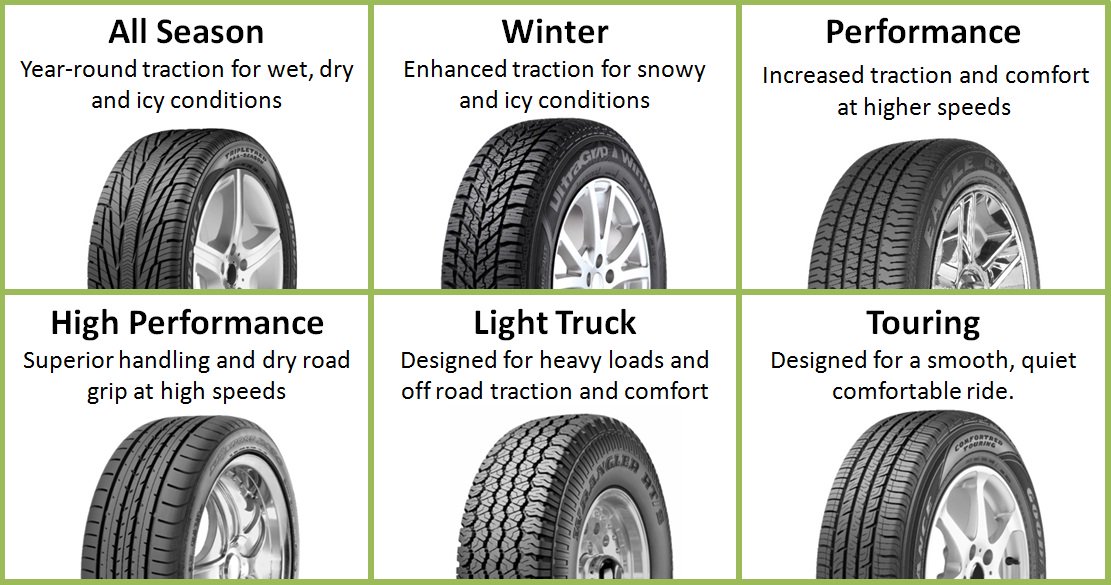 Avoid the problem by replacing your oil before the chilly months come to winterize your car.
Avoid the problem by replacing your oil before the chilly months come to winterize your car.
10 / 14
Family Handyman
Sometimes doors can get stuck in cold weather conditions. You can fix this problem by cleaning your doors thoroughly and applying a light layer of oil or another lubricant to the edge of your car doors. This works to winterize your car for your hood and trunk, too.
11 / 14
Family Handyman
You can guess by the name that antifreeze is pretty important in the winter. This is because it prevents your engine from freezing up. And is an important step to winterize your car. Coolant should be changed every few years to keep it fresh, clean and effective. You can take your car in for a coolant test if you aren't sure how dirty it is.
12 / 14
Family Handyman
"Flushing" a heater refers to cleaning out heater core tubes.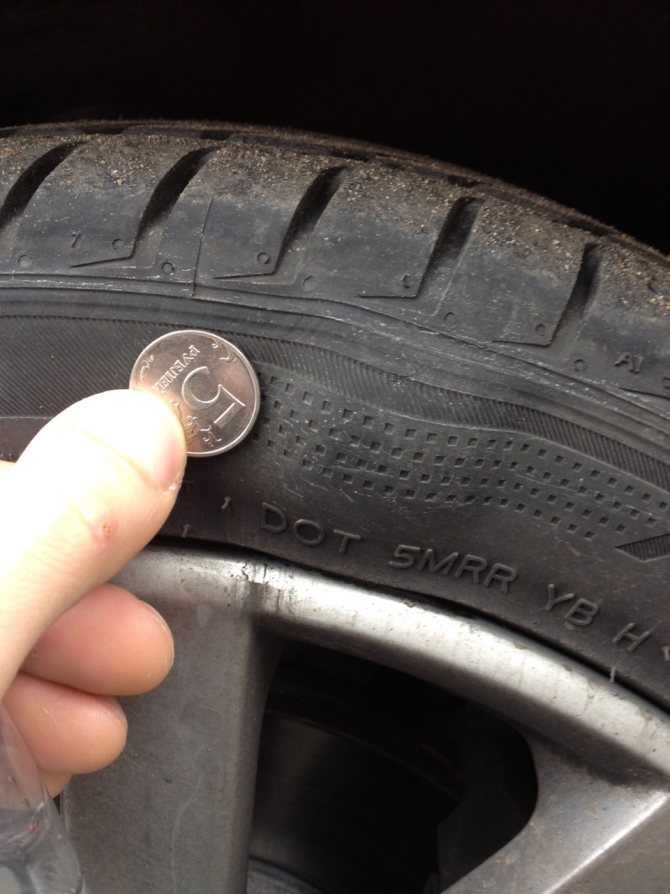 This is done so that your heater can use its own coolant supply to heat air quickly. If you're tired of waiting in a chilly car that never seems to warm up, think about flushing your heater system as well. This is a smart way to winterize your car for your personal comfort.
This is done so that your heater can use its own coolant supply to heat air quickly. If you're tired of waiting in a chilly car that never seems to warm up, think about flushing your heater system as well. This is a smart way to winterize your car for your personal comfort.
13 / 14
Family Handyman
If there's a chance that you could get stranded, you'll also need a survival pack to winterize your car. This should include basics like first aid supplies, water, food, road flares, a crank flashlight, a charger for your phone, blankets and durable food items.
14 / 14
Family Handyman
Up next, learn more about the ideal tire pressure in Winter.
Originally Published: September 25, 2017
Popular driving wisdom says: if you like to ride, love to store tires.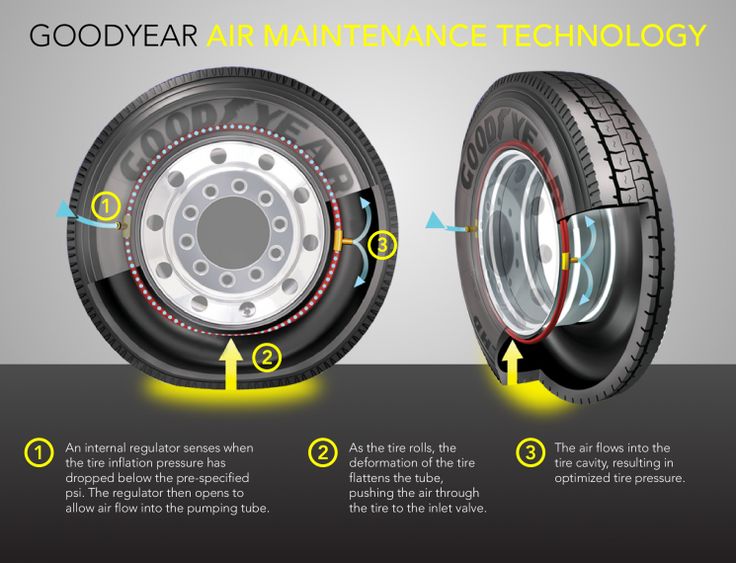 We already have detailed instructions for storing car tires, where we carefully studied the issue of different storage places and compared the pros and cons of each place. But it turned out that the topic is popular and extensive, and just finding a good tire storage service is not enough. After we were bombarded with questions about how exactly to prepare the tires for storage, we decided to write in detail about this too.
We already have detailed instructions for storing car tires, where we carefully studied the issue of different storage places and compared the pros and cons of each place. But it turned out that the topic is popular and extensive, and just finding a good tire storage service is not enough. After we were bombarded with questions about how exactly to prepare the tires for storage, we decided to write in detail about this too.
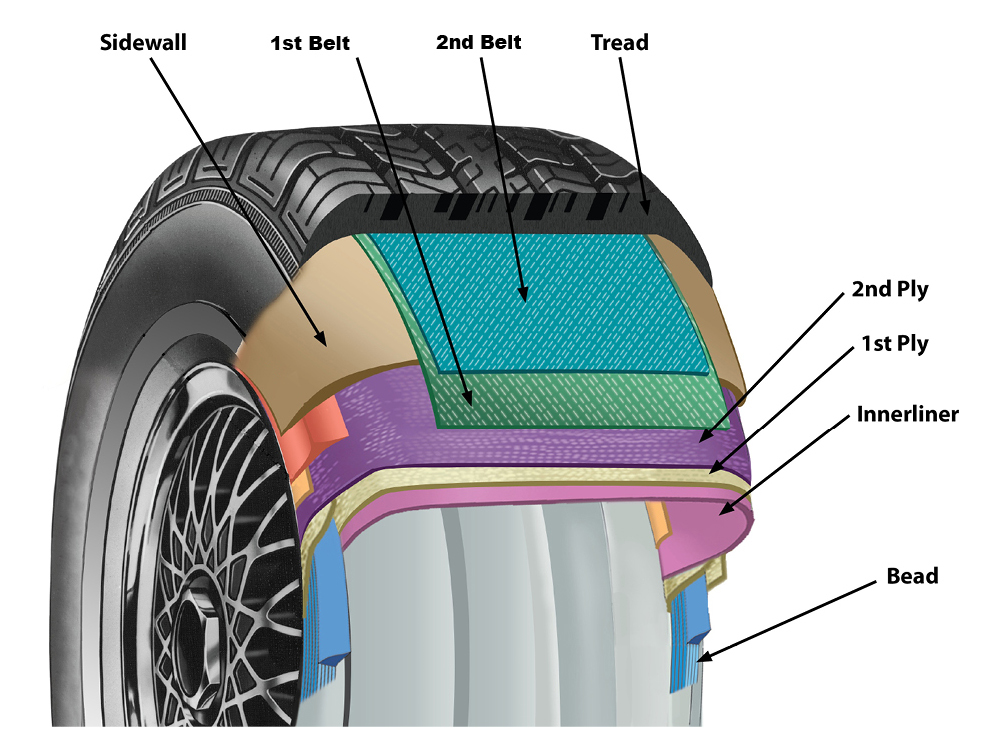 ..
.. Even if you find the best place for storage - grandmother's loggia, planted with monsters, a storage room in the basement of the house, a friend's heated garage or an attic, just remove the wheels from the car and throw it right off the road for six months - it won't work. Too big a risk for the next season to lose, that is, throw in the trash, a new and good set of tires. In order to properly prepare the tires, you need to allocate a separate evening for this, which, of course, will save you both rubber and nerves.
The main conditions for proper storage of car tires, after which your tires will last for more than one year, are temperature, humidity, proper storage, that is, storage. Being made of rubber, car tires are afraid of direct sunlight, exposure to high temperatures, as well as temperature changes, and of course, humidity. An ideal place for storing tires would be a dark, ventilated room, the air temperature inside which does not exceed + 20-25 degrees Celsius, and the humidity does not rise above 60-70%. We wrote about the options in detail in our previous article, but we will briefly repeat here:
An ideal place for storing tires would be a dark, ventilated room, the air temperature inside which does not exceed + 20-25 degrees Celsius, and the humidity does not rise above 60-70%. We wrote about the options in detail in our previous article, but we will briefly repeat here:
There are certain features of storage of winter and summer tires. Winter tires are softer, so it is recommended to store them on disks, reducing the pressure in them to the level of 1.5 atm. Winter tires have a deeper tread, which means that during storage it is necessary to avoid exposure to high temperatures and direct sunlight. When storing summer tires, it is also recommended to avoid exposure to ultraviolet radiation by packing the wheels in special bags, and to provide summer tires with a consistently warm temperature without drops. At the same time, if you store summer tires in a warm garage or pantry, make sure that there is a distance of at least 1.5 meters from the heat source to them.
At the same time, if you store summer tires in a warm garage or pantry, make sure that there is a distance of at least 1.5 meters from the heat source to them.
Keep vitamin D for yourself, and store the rubber in a place tightly protected from sunlight. Exposure to ultraviolet radiation negatively affects its condition: in direct sunlight, it becomes covered with small cracks. You may not even notice these microcracks, but they will be. If a lot of them accumulate, then with a strong slip or just a fast ride, the rubber may burst, and here you will have to change the entire wheel, since the disk will not do without damage. It is also important to remember here that ultraviolet lamps work the same way, so if you store rubber in a garage or workshop with such lighting and constantly work there, then it is better to find a more protected place for tires.
It would seem that ordinary road dirt can do something? Certainly nothing good: the dirt left on the rubber or in the grooves of the tread will greatly speed up the process of wear. Therefore, we are not too lazy to clean the tires as thoroughly as possible from dirt, lumps of earth, dust and everything else that has stuck there from the street. The option to wash the car and then remove the wheels is not suitable for obvious reasons: by the time you get to the tire shop, the wheels will get dirty and you will have to return. But meticulous flushing also has advantages that experienced drivers know about. With manual washing, you will easily notice cuts, cracks, self-tapping screws stuck in rubber, nails, pieces of glass or sharp stones. After washing - especially thorough drying. If you are a perfectionist at heart, then there is a separate option for you - top tire care, namely, after drying, treat the wheels with a special rubber preservation agent or, in other words, silicone grease. It is absorbed into the very depth of the projector and into micropores, displacing all moisture.
Therefore, we are not too lazy to clean the tires as thoroughly as possible from dirt, lumps of earth, dust and everything else that has stuck there from the street. The option to wash the car and then remove the wheels is not suitable for obvious reasons: by the time you get to the tire shop, the wheels will get dirty and you will have to return. But meticulous flushing also has advantages that experienced drivers know about. With manual washing, you will easily notice cuts, cracks, self-tapping screws stuck in rubber, nails, pieces of glass or sharp stones. After washing - especially thorough drying. If you are a perfectionist at heart, then there is a separate option for you - top tire care, namely, after drying, treat the wheels with a special rubber preservation agent or, in other words, silicone grease. It is absorbed into the very depth of the projector and into micropores, displacing all moisture.
Optimum temperature at which tires should be stored: from -10 to +25 degrees Celsius.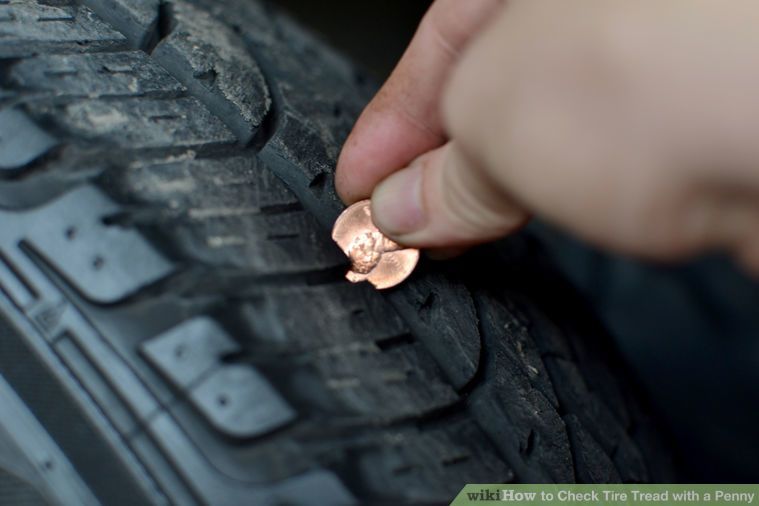 Tires will keep better if there are no temperature fluctuations in the storage place. For example, it is a heated garage or a warm warehouse. The best temperature for tires is a stable + 18-20 degrees Celsius.
Tires will keep better if there are no temperature fluctuations in the storage place. For example, it is a heated garage or a warm warehouse. The best temperature for tires is a stable + 18-20 degrees Celsius.
The humidity in the room where the tires are stored should be between 50-60%. Therefore, carefully look at the place of storage - avoid too warm garages with constantly running heaters and damp, non-drying rooms. To store tires correctly, it is better to purchase special wheel covers: they pass air well, preventing condensation from forming.
Wheel covers will protect the tires from dust - this is a good advantage, although nothing bad will happen without them. The main thing is not to tie the bags to ensure constant air circulation to the tires.
The difference is in convenience - of course, it is more convenient to store tires on rims, since you can change the wheels yourself, and the tire fitting process is faster.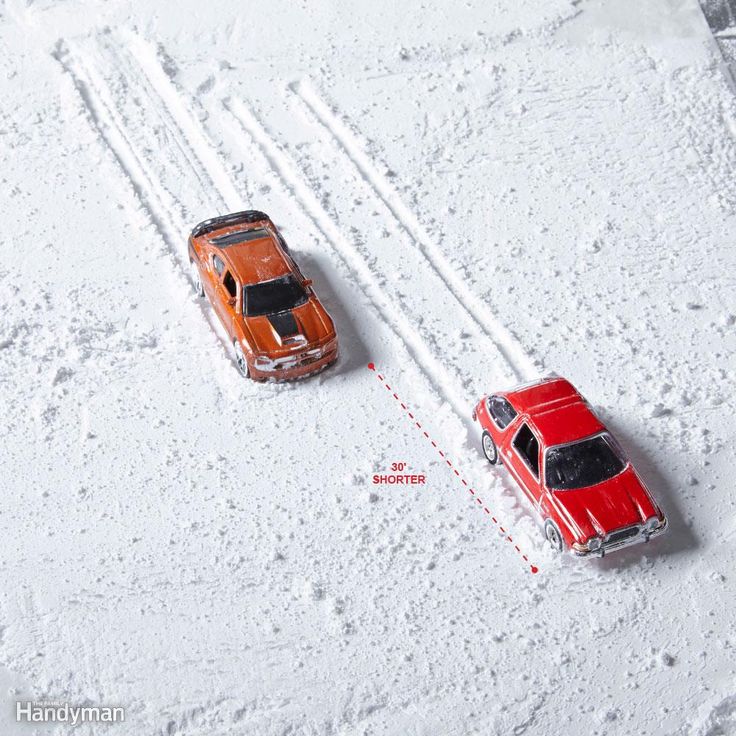 However, there is a nuance that affects the quality of rubber: if you store the wheels as an assembly, then the inner surface of the rubber will be reliably protected from dust. Also, the tires will be inflated to normal pressure, which means they will definitely not deform.
However, there is a nuance that affects the quality of rubber: if you store the wheels as an assembly, then the inner surface of the rubber will be reliably protected from dust. Also, the tires will be inflated to normal pressure, which means they will definitely not deform.
Tires without rims must be stored vertically on racks, otherwise they will deform. It will be ideal to periodically turn the tires 30 degrees so that they remain even.
Tires on rims must be stored lying down, stacking one wheel on top of another, but no more than 4 tires in a stack. The second option for rubber on disks is to store it in limbo.
So, we washed, dried and treated the wheels. What's next? We take stickers, paper, adhesive tape, felt-tip pen and mark each tire. This is for you, they are all the same and it seems that you can swap places without looking and there will be no difference. But for a car, there is a difference, especially if you have recently undergone a wheel alignment.
But for a car, there is a difference, especially if you have recently undergone a wheel alignment.
Everything is simple here: front right (RR), front left (RL), rear right (RR), rear left (RL). If the tires are stored without disks, then first the rubber must be removed from the disks, which means that you need to resolve this issue with professionals in advance - this service is done in any tire fitting in 5 minutes.
Do not forget to wash the tires well to remove dirt. The easiest and most convenient way to do this is on a touchless wash under a strong jet of water with shampoo. If there is indelible dirt somewhere, rub it by hand with a stiff brush or cloth.
Dry without hesitation. It is easier to do this in the sun, but the main moisture must be removed with a large rag.
If possible, treat the rubber with preservative compounds that will save it from premature wear - silicone grease will help you.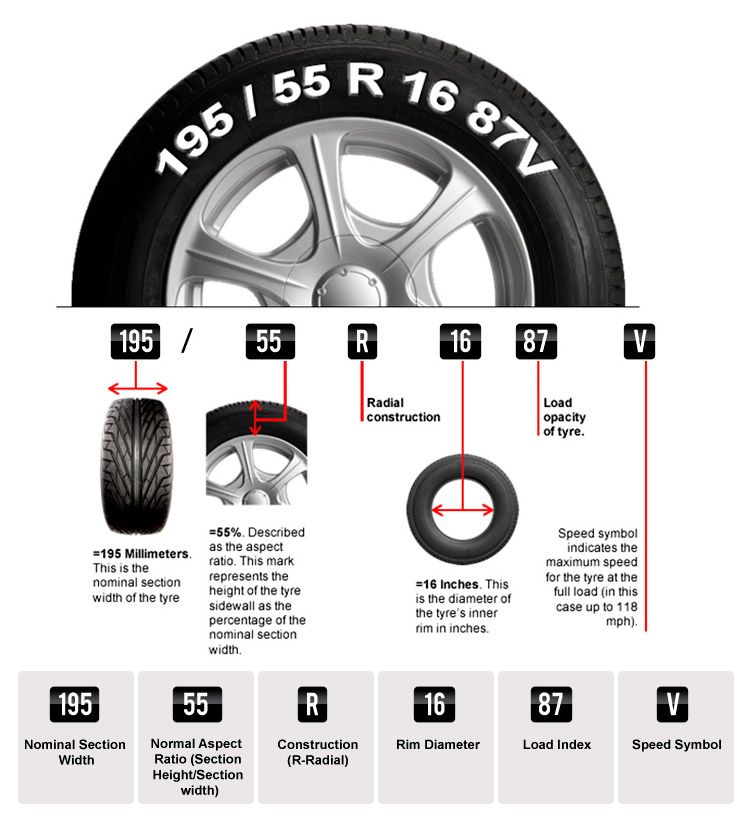
There is a small nuance here: these should be air-permeable bags or bags. Even if you wash off all the dirt from the rubber and wipe it dry, some moisture may remain, so you should not seal the tires, otherwise condensation cannot be avoided.
If you store tires on rims stacked on top of each other, be sure to reduce the pressure to 1.4-1.5 atm.
After preparing your tires for storage, it is best to store them in a warm warehouse, such as ours. The attic for rubber has all the necessary storage conditions. We have a stable temperature of +20 degrees Celsius, airing and cleaning three times a week. 24-hour security and video cameras are responsible for security. The main advantage of seasonal tire storage in Moscow at the Attic warehouse is that we provide a turnkey tire storage service: after you have prepared them, you do not have to go anywhere.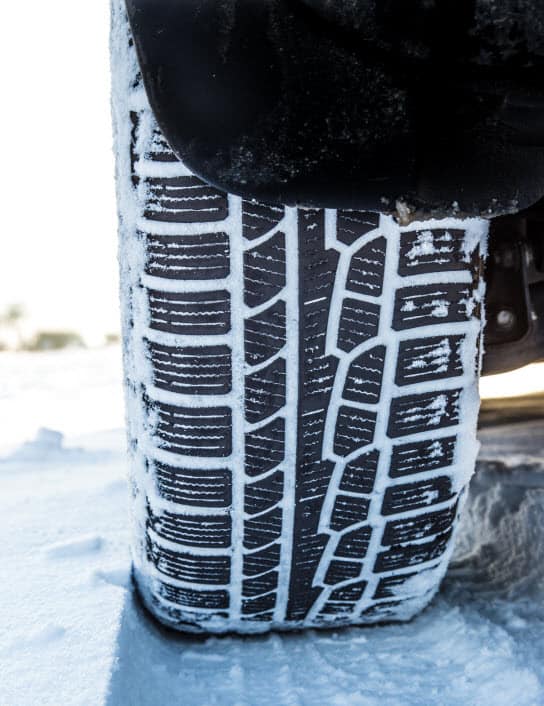 Movers come home themselves and take the wheels to the warehouse.
Movers come home themselves and take the wheels to the warehouse.
And for the most patient who read the article to the end - our special bonus! A few tips for installing tires after storage:
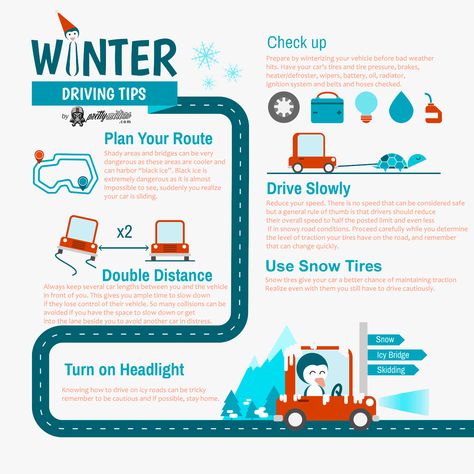
In fact, there is nothing complicated in preparing wheels for seasonal storage, we have described all the main points in detail. If everything is done with high quality, then your wheels will last for several years and will remain like new. This is largely influenced not only by preparation, but also by the place of storage - it must be clean, warm and safe. Store car tires correctly and trust the professionals.
The annual replacement of winter tires usually follows a similar scenario - with the onset of frost, the first snow and ice, drivers take their winter tires from balconies or garages and head en masse to tire centers or just the nearest tire shops.
Winter is coming very soon! It's time to prepare for it properly.
But will the work done in a nameless service be of high quality and safe? How to change summer tires for winter?
Winter tires Nokian Tires and the first snow
Here are some tips from Vianor's experts to make sure you've done everything you need to drive safely on winter roads!
 Don't wait for the cold weather
Don't wait for the cold weather Drivers who have lost control of their car in ice or snow conditions are frequent customers of car services. Both tire fitting and body shop. However, winter tires do not require changing them only when frost sets in. The design of winter tires is such that they begin to work effectively even at an average daily temperature of plus 7 degrees Celsius. And summer tires at this temperature already begin to work incorrectly: the rubber compound hardens and does not provide proper grip.
Do not wait for snow and change tires in advance, based on the average daily temperature.
And don't be put off by the smiles of your neighbors or colleagues who put off changing tires until the last moment - they say, "it's too early." All this was described by the legendary Aesop in ancient Greece in his fable "The Beetle and the Ant", known to us from the translation of I.A. Krylov of her remake from Jean La Fontaine (in the Russian version - "Dragonfly and Ant"). “Summer red sang; I didn’t have time to look back, As winter rolls into my eyes.
“Summer red sang; I didn’t have time to look back, As winter rolls into my eyes.
It is better to make an appointment at the Vianor tire center in advance, and you will be received at the agreed time and without the need to waste precious time in line.
At Vianor Tire Centers, the technicians carefully check the condition of the winter tires brought by the customer before starting the replacement. In some cases, we recommend replacing tires with new ones. In some tire shops, unfortunately, they often put the tires brought by the client on the car almost without looking - just pay the money. It is not safe! After all, there is a whole set of signs that the tires have already exhausted their resource and can seriously let you down on the road - up to the complete destruction of the tire, followed by an accident and other sad consequences.
The very first parameter of tire wear is the remaining tread height. According to Russian legislation, for winter tires it must be at least 4 mm. You can check this not only with a caliper, but also with a simple match, the height of the sulfuric head of which is 3-4 mm. When immersing a match between the tread lamellas, the sulfur head must be completely hidden from view.
According to Russian legislation, for winter tires it must be at least 4 mm. You can check this not only with a caliper, but also with a simple match, the height of the sulfuric head of which is 3-4 mm. When immersing a match between the tread lamellas, the sulfur head must be completely hidden from view.
Most modern tires have built-in wear indicators. Nokian Tires, for example, have a DSI (Driving Safety Indicator) wear indicator on the central block of the tread, showing the value of the residual tread height of the tire in millimeters. The initial tread height of new Nokian Tires winter tires is on average 8-9 mm.
Tread height is not the only thing to consider. Damage such as splitting or cracking of the tread, bulges or other damage to the sidewall of the tire is a clear indication that it needs to be replaced. But if a self-tapping screw is suddenly found between the tread blocks, it can be easily repaired. The exception is run flat tires, most manufacturers of which exclude the possibility of repair.
But if a self-tapping screw is suddenly found between the tread blocks, it can be easily repaired. The exception is run flat tires, most manufacturers of which exclude the possibility of repair.
Uneven tread wear should also attract your attention - when the shoulder area is worn much more than the central one and vice versa. In such a situation, variants with incorrect tire pressure or “left” wheel alignment angles are possible - wheel alignment may be required.
In the Vianor centers, if such a service is available, they will always help you to make a high-quality wheel alignment
Nokian Tires experts, however, emphasize that a slight difference in the nature of tread wear is acceptable, because tires on a drive axle wear out more in the central part of the tread, while in freely rotating tires, the shoulder part. That is why the company recommends rearranging the wheels from one axle to another every 8 thousand kilometers. Another recommendation from Nokian Tires is that tires in the best condition (with the least wear) should always be mounted on the rear axle of the car and not on the front, even if your car is front-wheel drive. Finnish experts explain this by the fact that in an emergency it will help to avoid skidding of the rear axle associated with loss of traction, which is much more dangerous than skidding of the front axle.
Another recommendation from Nokian Tires is that tires in the best condition (with the least wear) should always be mounted on the rear axle of the car and not on the front, even if your car is front-wheel drive. Finnish experts explain this by the fact that in an emergency it will help to avoid skidding of the rear axle associated with loss of traction, which is much more dangerous than skidding of the front axle.
On studded tires, pay attention to the number of loose studs. For example, according to the experts of the tire research and development center "Kama", the loss of more than 10% of anti-skid studs, especially in one tread area, will no longer allow the tire to demonstrate its original characteristics. The company recommends replacing such tires with new ones. Other manufacturers have similar recommendations.
The tire fitting process looks simple, but it is only at first glance - there are a large number of nuances that only a professional can take into account. “By eye” it is not easy for an ordinary person to determine the performance of tire fitting equipment or the qualifications of a master. Therefore, we will show you how a regular winter tire change takes place at one of the Vianor tire centers.
“By eye” it is not easy for an ordinary person to determine the performance of tire fitting equipment or the qualifications of a master. Therefore, we will show you how a regular winter tire change takes place at one of the Vianor tire centers.
Tire Center Vianor in Moscow at Varshavskoe Shosse, 150
First of all, the car is installed on a hydraulic lift using high rubber buffers to prevent damage to the elements of the bottom of the car. Using rolling jacks is, of course, much cheaper for the service, but unsafe and inconvenient.
Vianor tire centers use modern equipment
Craftsmen use pneumatic tools to unscrew the wheels, passing them to the washing area.
Tire washing. In the largest Vianor tire centers, one lift has its own individual car wash, tire changing and balancing machine, as well as a complete set of tools. This means that work can take place simultaneously at several posts.
Specialized automatic car washes, which use a special shampoo, allow you to clean the wheel from reagents and other contaminants - so the customer's summer tires will be clean and the wheels will be maximally prepared for tire fitting work. Even a small piece of adhering dirt or bitumen can adversely affect tire balance.
Removing summer tire
After washing, the wheels are dried with compressed air and transferred to a tire changer. The wheel is carefully disassembled. The valve is changed to a new one - far from all tire shops do this, however, the poor condition of the valve is especially often the cause of a “sudden” loss of pressure in the tire.
Replacing the valve with a new one
We recommend changing the valves every time you change tires - it's not expensive at all. By the way, valve replacement is sometimes included in the free tire fitting service, which we offer to customers during the promotion period, when purchasing a number of tire models.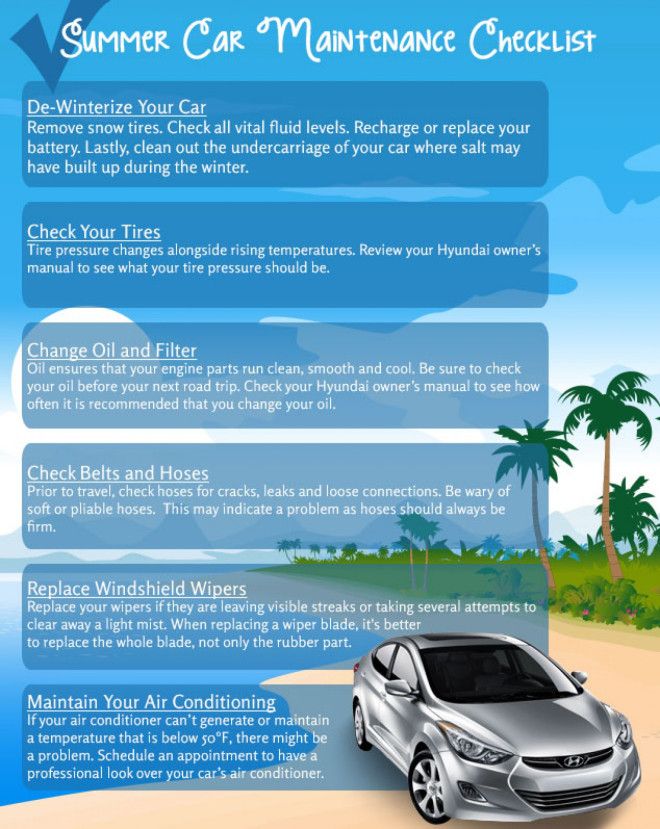
The next step: a new tire is installed on the disk, taking into account the direction of its rotation, if the tire is directional.
Installing a winter tire on a wheel
The assembled wheel is then sent to the balancing machine. In the Vianor tire center on Varshavskoe Shosse, the most modern and efficient machines are precise and easy to use.
Modern balancing machines in the tire center Vianor
Depending on the design of the rim, as well as the existing imbalance, the master sets the weights of the required type and weight.
Wheel balancing
The contact surface of the spoke and stud is cleaned and lubricated with special grease. It protects the connection between the hub and the disc from corrosion and sticking. The wheels are pre-spun using pneumatic tools.
The so-called copper grease protects the hub-rim connection from corrosion
The tires are set to the pressure recommended by the vehicle manufacturer. Please note that some winter tire manufacturers advise increasing tire pressure in winter - they recommend keeping winter tires at 0.2 bar (20 kPa) more pressure than summer tires. The tire pressure must always be checked with cold tyres.
Please note that some winter tire manufacturers advise increasing tire pressure in winter - they recommend keeping winter tires at 0.2 bar (20 kPa) more pressure than summer tires. The tire pressure must always be checked with cold tyres.
The last step, if you do not take into account the careful packaging of summer tires in branded bags and then in the customer's trunk, is the final tightening of the wheel nuts. This process is carried out with the car standing on the floor of the workshop strictly using a torque wrench adjusted to the correct tightening torque.
Hand tightening of all wheel nuts with a torque wrench is very important.
This eliminates two possible serious problems at once - overtightening of the studs, and, conversely, insufficient tightening of the threaded connection. The first option can lead to the breakage of the stud, the second - to the loss of the wheel on the move. When performing tire fitting work in Vianor tire centers, you will not encounter such problems.
When performing tire fitting work in Vianor tire centers, you will not encounter such problems.
To prolong the life of your new winter tires, we recommend avoiding sudden acceleration, braking and cornering, as well as high speed driving, for the first 500 kilometers. This is especially important when using "studs" - the seats for studs on most of these tires are designed in such a way that for the final "landing" of the stud, the tire must be "rolled" to avoid premature loss of studs.
It is possible to get into an accident on a slippery road with good tires, if you do not take into account the decrease in the level of grip with the surface, speeding, not keeping your distance and making dangerous maneuvers. We encourage careful driving all year round.
Careful driving after tire fitting has another hidden meaning - adapting the driving style to the road conditions that have changed after the cold snap. Most of the so-called "tinsmith days" happen for two reasons - the driver delays the moment of changing tires until the last moment, and the loss of winter driving skill, which implies a much lower base level of grip on the surface.
Most of the so-called "tinsmith days" happen for two reasons - the driver delays the moment of changing tires until the last moment, and the loss of winter driving skill, which implies a much lower base level of grip on the surface.
Unfortunately, not all car owners think that storing winter tires on the balcony is not the best possible idea. Temperature fluctuations, direct sunlight and storage of dismantled tires in a pile can quickly destroy even the best tires.
Proper storage of tires looks like this: tires without rims are stored on a rack or a special wooden stand; once every two weeks they must be rotated by 90 degrees (quarter of a turn) for protection against deformation. Long-term storage of tires in a stack or hanging is unacceptable. Complete wheels, on the contrary, cannot be stored standing up - only in a stack or suspended. When stored in a stack, tires should be repositioned once a month.